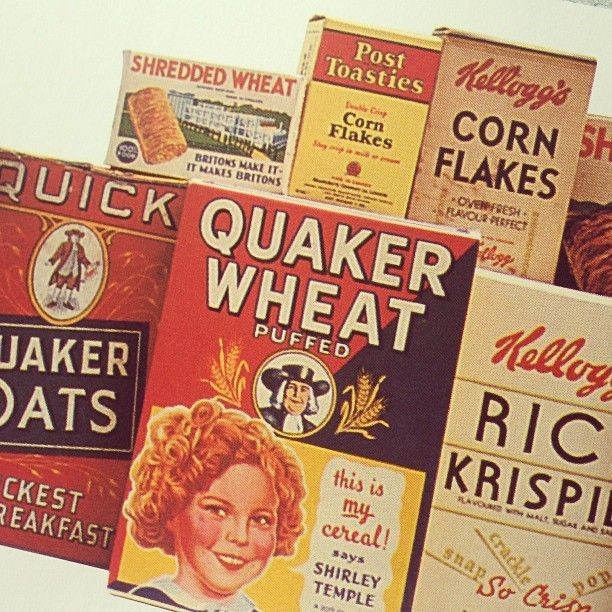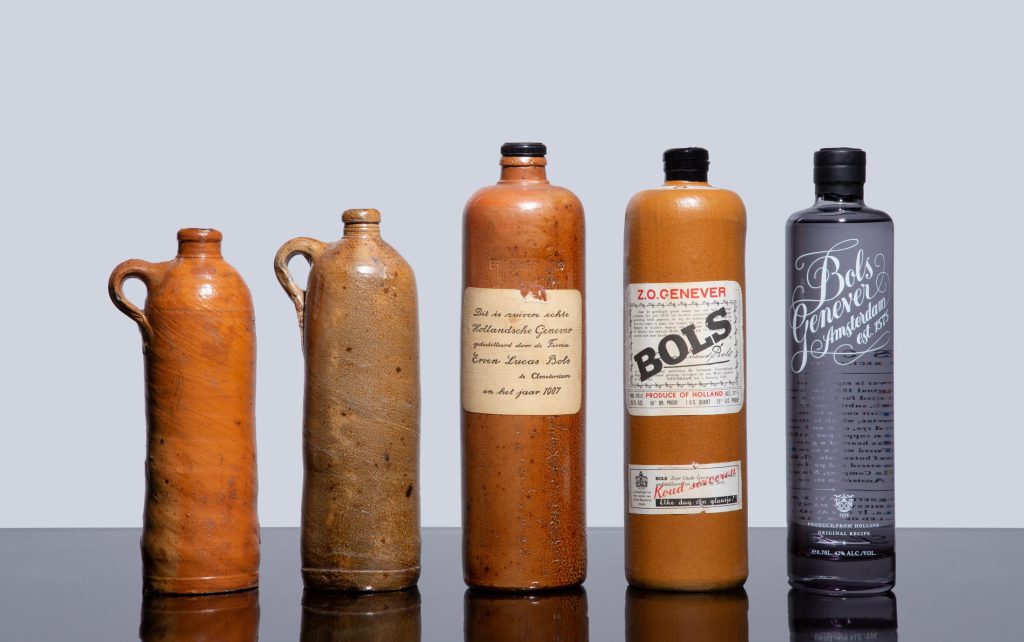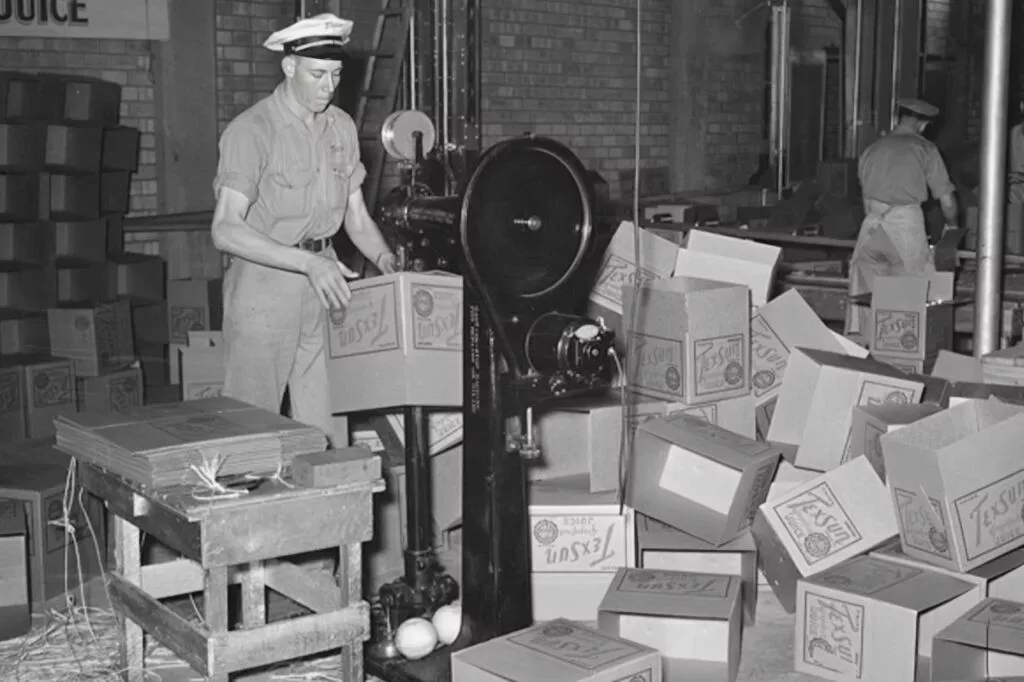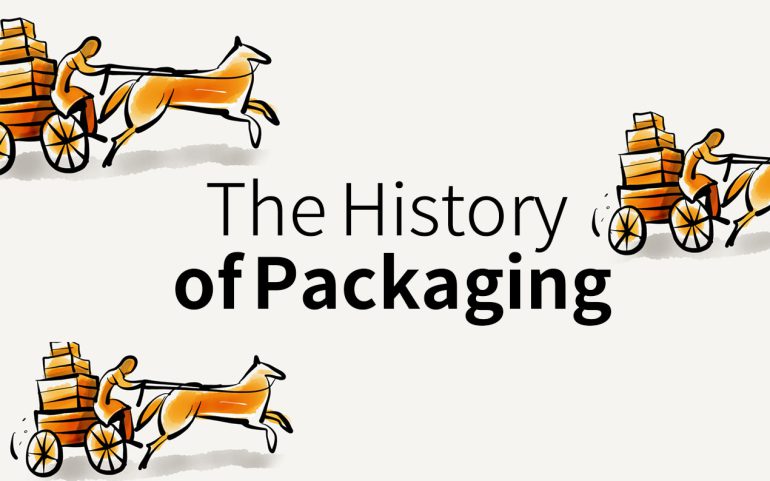Since the dawn of humanity, people have been faced with the challenge of containing, storing, and moving various types of materials. However, throughout the course of time, packaging has evolved from just meeting a requirement to being an essential component of the messaging of a brand as well as the experience it provides for customers.
Let’s take a moment to go back in time and reflect on the significant technological developments. It has occurred during the course of the history of packaging and contributed to the evolution and its business into what it is today.
Why History of Packaging is important?
first packaging materials
The idea of packaging originated from the fundamental requirement that early humans had to be able to store and move their food from one location to another. There is no record of the exact date of first packaging materials. Historians believe that during the days of nomadic hunter-gatherers, materials such as leaves, animal skins, nuts, and gourds were used to store and transport objects. If you want to learn more about the history of packaging, read our article.
The use of natural materials for packaging, such as leaves, has recently become more common. After it, serial manufacturing was done using a variety of goods, including woven textiles and pots.
packaging industry progress
Glass and wood packing has been used for around 5000 years, according to estimates. In 1823, an Englishman named Peter Durand was granted a patent for the “canister”, which is considered to be the first metal packing product constructed from sheet metal. 1900 was the year when double-stitched three-piece cans first saw widespread usage.
In the 1900s, paper and cardboard emerged as significant components of the packaging industry. As soon as plastic was developed, it began to displace paper as the primary material for use in packaging.
After World War II, the widespread use of plastics in various packaging applications got underway. During the war, there was a large increase in the production of polyethylene. It led to its widespread availability in the marketplace immediately after the conflict ended.
At first, it was used in lieu of the wax paper that was traditionally seen in bread wrapping. The use of plastic packaging has increased rapidly since the 1970s. These older materials have been supplanted by more appropriate and cost-effective materials such as glass, metal, plastic, paper, and cardboard as a result of advancements in technology and the circumstances that exist now.
During the history of packaging, it was simply employed for the purposes of transporting and storing goods. Now, with the advent of these new materials, packaging has come to serve the additional function of advertising the product. As a result, packaging is now a component of the marketing policy. This is due to the fact that the packaging establishes a contrast between items of the same kind that are displayed side by side on shelves.
Related Article: Importance Of Packaging; Why Is It More Important Than the Product?

The evolution of packaging materials
The packaging of a consumer good is often disregarded despite the fact that it is an essential component of the product. A package’s primary function is to maintain a product’s compromised state throughout the distribution, storage, and retail stages of its lifecycle.
This guarantees that the item will be in good condition and suitable for consumption when it is finally purchased by end users. In addition to providing critical information about the product itself, packaging offers a broad variety of design alternatives to businesses. It is providing them with efficient methods to engage customers at the point of sale.
Let’s see the changes of the history of packaging over time as well as the interesting new technologies and materials that make it possible for modern packaging. They adapt to the needs of manufacturers, retailers, and individual customers, which are always changing.
Related Article: Packaging Design; Important Part Of Marketing

The birthday of packaging design
When merchants started wrapping their wares in paper and then sealing them with wax or cork in the 1800s, this marked the beginning of the modern era of packaging. The first adhesive package was fashioned from animal glue, which had previously been used for the purpose of affixing cigars.
The 20th century saw the continuation of the modern period of packaging with the invention of plastics, which quickly gained popularity due to the fact that they were sturdy, long-lasting, and simple to produce.
At the beginning of the 21st century, new materials like bioplastic and carbon fiber started to be developed. They were alternatives to the standard plastic packaging materials. These new materials are being considered for their potential environmental and economic benefits.
As the modern era of packaging continues to evolve, it is possible that in the future, we will witness even more cutting-edge and one-of-a-kind designs for various types of packaging.
The state of packaging today
I was recently working on a proposal for a package design when I paused and observed a certain rhythm to my work. This prompted me to ask a question about the status of packaging in the modern market as I was working on the proposal.
It seemed that prospective customers as well as existing customers were looking for direction and advice on projects that were disappearing almost as rapidly as they were appearing. In these early emails, requests for rough conceptions were made with an interest in new materials, package size relations, savings on runs, and a larger number of samples and prototypes.
It seemed like there was some rumbling going on in the business, and although change may be exciting, it seemed like a sense of direction was being established without a good compass. It seemed that a better approach would be to tap into the opinions of others working in the sector.
Sometimes the ideas and perspectives of other people may assist in charting a more effective road to the realization of a goal. In light of the above, I am glad to provide the first part of a series of interviews that I have done. These interviews, should provide a sense of the current state of the packaging industry.
Those that have responded include designers, editors, technical consultants, and strategists; all of them are engaged in the packaging process and work with some of the most well-known, interesting, and aesthetically pleasing brands now available on the market.
My second goal with this post is to initiate a conversation with other people working in this field, and I look forward to hearing your reactions and feedback.
Related Article: Food Packaging; Everything About Food Packaging Industry

History of materials in packaging design
Paper and paper products
Paper could be the first example of what we mean when we talk about “flexible packaging” nowadays. As early as the first or second century B.C., the Chinese began wrapping food in sheets of prepared mulberry bark.
This practice continued until modern times. The process of creating paper continued to be developed and spread around the world during the subsequent 1500 years, first to the Middle East, then to Europe, and then to the United Kingdom in 1310. In due time, the method made its way to the United States, namely Germantown, Pennsylvania, in the year 1690. But the very first papers were not exactly the same as the ones we use now in any way.
In the beginning, flax fibers were used to make paper, and later on, rags derived from old linen were used. It wasn’t until the year 1867 that paper made from wood pulp was invented. Even though the first commercial paper bags were produced in Bristol, England, in the year 1844, the bag-producing machine was created in the United States by Francis Wolli in the year 1852.
Additional innovations, such as glued paper sacks and the design of the gusset, were introduced in the 1870s. In the years after the turn of the century (1905), technology was developed to enable the production of mechanically printed paper bags that were produced in lines.

Glass
Around 1500 B.C., Egypt was the first country to use glass for packaging. After first being seen in the form of a pot, glass was then observed being combined with molten limestone, soda, sand, and silicate before being formed into glass containers.
Around the year 1200 B.C., molded glass was first used to make vessels such as mugs and pans. The Phoenicians are credited with inventing the blowpipe about 300 B.C., and it wasn’t until sometime around the year A.C. that totally clear glass was produced.
The methods used to produce glass underwent significant development and expansion throughout the subsequent thousand years. The invention of a “automatic rotating glass production machine” in 1889, which was patented, was the innovation that had the most impact on the use of glass in packaging.
After the 1970s, glass packaging started being employed in the preservation of high-value items, and it now has a broad variety of uses in many different contexts.

Metals
Metal packaging, which has been around since ancient times and can be seen today in the shape of gold and silver boxes as well as strong alloys and covers, is used to preserve many different types of items.
In the year 1200 A.C., the manufacture of tin sheets was first developed in Bohemia. After that, around the beginning of the 14th century, people began using tin cans to store their food. Since the 1600s, this technology has been a closely guarded secret. However, ever since William Underwood brought the process to the United States, it has been superseded by a steel that is of higher quality and easier to produce.
When Napoleon Bonaparte announced in 1809 that he was offering a reward of 12,000 francs to whoever came up with a method to protect the army’s food supply, someone came up with the idea of putting food safely in metal packaging.
This was the first time the idea was ever thought of. After the food has been disinfected, Nikolas Apart from Paris gave evidence that a tin can that has been crushed with sodium has the potential to keep the food.

Cans
A year later, the Englishman Peter Durant successfully patented his pressed stannic innovation, which enabled him to win the right to patent the cylindrical can. In 1866, the United States of America produced the first printed box in the long history of metal packing.
It wasn’t until 1910 that it became available commercially, and it wasn’t until the early 1950s that the design for the aluminum foil box was established.
In 1959, food was initially packaged in cans made of aluminum for the first time. Up until the year 1866, screwdrivers and hammers were the primary tools for opening metal containers. In later years, packaging with lids that could be easily torn off was developed.
The first ever can opener was created in 1875. Packaging made of metal that has been through many iterations and has successfully reinvented itself now offers convenience for practical purposes.

Plastic
Alexander Parker created the first artificial plastic in 1838, and it was on display at the Grand International Fair in London in 1862. This kind of plastic, which was nicknamed “ivory,” was developed with the goal of replacing natural materials like “parkesin”.
In the year 1849, Charles Goodyear and Thomas Hancock invented a process that removed the natural rubber’s stickiness while simultaneously increasing its flexibility.
In the year 1851, either hard rubber or the term “ebonite” entered the market sphere. John Wesley Hyatt, a resident of New York, was awarded a patent for his invention in the year 1870: “Celluloid is characterized by a low nitrate content and a production process that involves high heat and pressure.”
This innovation is the first plastic to be marketed, and it continued to be the only plastic available until 1907, when Leo Hendrik Baekeland invented another material “Bakelite”. In 1920, Hermann Staudinger’s ground-breaking theory was first discussed, and it was not until then that anybody knew what plastic really was.
It was thought that all polymers and macromolecules, such as cellulose, rubber, and plastics, were all the same thing. Staudinger was awarded the Nobel Prize in 1953 for developing this concept, despite the fact that initially many scientists did not broadly accept this notion.
After the 1950s, there was a significant increase in the use of plastic packaging. At the tail end of the 1970s, the market for plastic containers and packaging started to expand.
Labels and Trademarks in the history of packaging
The labeling of products with information on the firm that made them and their contents is a relatively new innovation in the field of packaging. In the 1660s, imports into England often deceived the general population, which led to the proliferation of the term “let the buyer beware”.
Customers who were not well educated were offered items with an inferior quality and an impure composition that were hidden. Because they were upset by this fraud, honest business owners started stamping their items with their identification in order to warn prospective customers.
In 1866, the Smith Brothers, who sold cough drops in large glass jars, were the first to use official trademarks for their products. Putting a product’s “brand” on the packaging for the end user’s benefit was an innovative concept that had not been done before.
The Eagle-AR will Chemical Paint Company was granted the privilege of holding the first registered trademark in the United States in 1870. In the United States alone, there are almost 750,000 trademarks that have been registered as of today.
Labels now include a significant amount of information with the goal of educating and protecting the general population.

Conclusion
Since ancient times, humans have struggled to confine, store, and move various materials. Packaging has gone from being a requirement to being a vital part of a brand’s marketing and consumer experience. So, the evolution of packaging materials and the birthday of packaging design might be important issues in the history of packaging.
Historians believe that during the days of nomadic hunter-gatherers, materials such as leaves, animal skins, nuts, and gourds were used to store and transport objects.
As early as the first or second century B.C., the Chinese began wrapping food in sheets of prepared mulberry bark. This practice continued until modern times. The process of creating paper continued to be developed and spread around the world during the subsequent 1500 years
In 1866, the Smith Brothers, who sold cough drops in large glass jars, were the first to use official trademarks for their products. Putting a product’s “brand” on the packaging for the end user’s benefit was an innovative concept that had not been done before.


